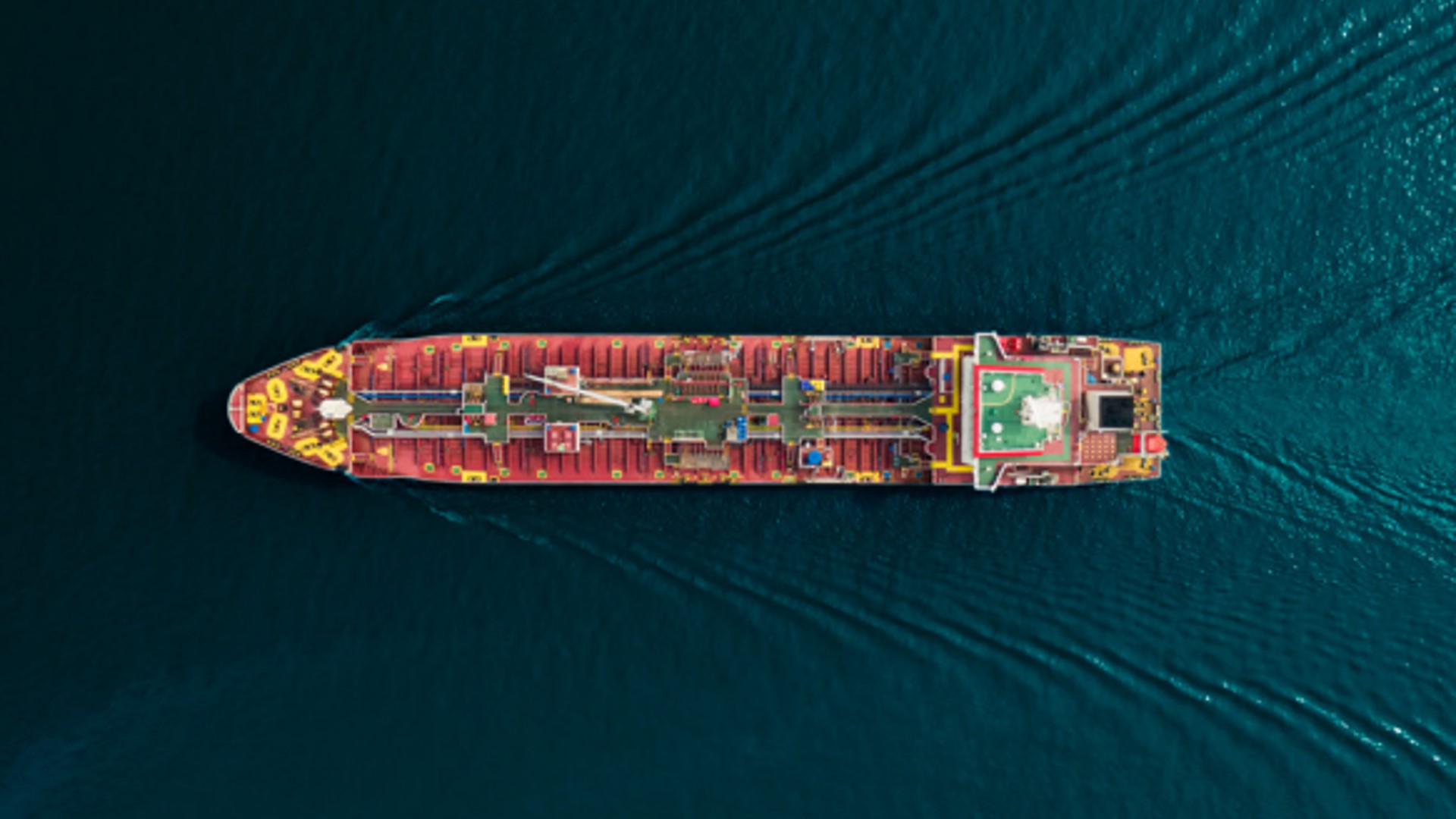The shipping industry has enjoyed a couple of profitable years, but today it must deal with a rapidly changing environment full of uncertainties, due mainly to threats like recession, geopolitical volatility, crew shortages, escalating operating costs, fluctuating cargo demand and uncertainty over the decarbonization roadmap of the sector.
Furthermore, the industry is not following at the same pace the digitization rhythm, understood as an enabler of operational optimization, cost reduction and supported decision-making processes. Now is the time to invest in resiliency, and by means of data, analytics, organization governance and capabilities to develop a successful transformation with a three value-creation pillars: strategy, commercial excellence and vessel cost-optimization. Drivers to gain competitive advantages and unlock value.
Therefore, shipping companies should focus on a three-phase holistic plan framework to deliver the needed transformation. First, a diagnosis phase through the collection and analysis of the data related to the company, market, peer groups and vessels; and the identification of room for improvement, the future baseline scenario. Afterwards, a solution design phase driven by quick wins and fostering true impact. Finally, the implementation phase in which it must be developed the plan previously established. Bearing in mind the importance of monitoring the progress achieved, developing corrective measures and deploying capabilities to ensure sustainable impact in the long run.
“Shipping may be coming off the peak of a cycle. Smart companies are using their cash to invest now in transformation, making them resilient for the next cycle.”
The main inputs and contributions are:
- Certain indicators are alerting that the shipping industry is coming off an unprecedent cycle, marked with extraordinary gains, notably in the container sector.
- Current disruptions and macro-tends unveil a new a downcycle for the industry, in which investing in resilience is gaining importance.
- Inflation has been on the rise, Europe’s geopolitical situation is restructuring cargo flows and routes, and shipping is not committing accordingly to meet emissions-reduction targets.
- Particularly on this last point, the topic should be addressed considering a comprehensive portfolio of projects tackling both fleet and fuel, as a considerable percentage of todays’ fleet will not be CII compliant by 2030.
- However, there is uncertainty regarding the success and dominance of a specifical lower-emissions fuel, which forces shipowners to stand still while technology is being developed. Past benefits require actions to invest to improve the navigation in turbulent waters incertitude. To prepare the fleets for a new era of sustainability, significant decisions on capital-expenditure allocation (both newbuilds and retrofits) over the next 10–20 years need to be made.
- All these problems could be tackled with a digital and analytics transformation-based framework driven by three fundamental pillars: strategy, commercial excellence and cost optimization.
- Strategic considerations include choice of vessel segment and size, ownership model, and target customer or charterer segments. Shipowners might also contemplate expanding into adjacent steps on the supply chain, such as terminals or inland logistics. This topics and their decision-making processes can be supported by data and analytics.
- Improved revenue in the commercial excellence field can be generated by means of data-informed decisions too, around fleet deployment and optimization, fleet positioning, pool partnering, time chartering in and out, and route optimizing with hyperlocal data to optimize routes according to congested scenarios for fuel reduction, reduce port turnaround times, fostering JIT arrivals.
- Cost optimization can be built upon digital tools that can help to identify trends, optimize crewing spend and the overall procurement envelope (spares, stores, provisions), and streamline repair, maintenance, port, drydocking, and bunkering costs.
- This transformation should be addressed by a 3-phase plan which intends to be a holistic framework, where focus remains on specific needs, context and current digitization journey. Covering a data collection-analysis diagnosis phase. Followed by a detail planning of quick wins solution developments. And finally, entering an execution phase to deliver the plan and maintain path tracks to secure impact and sustainability in the long-term.
“Companies that have undertaken such transformation journeys have future-proofed their businesses, solidifying their decarbonization plans and building in resiliency, resulting in higher shareholder value.”




Deja una respuesta